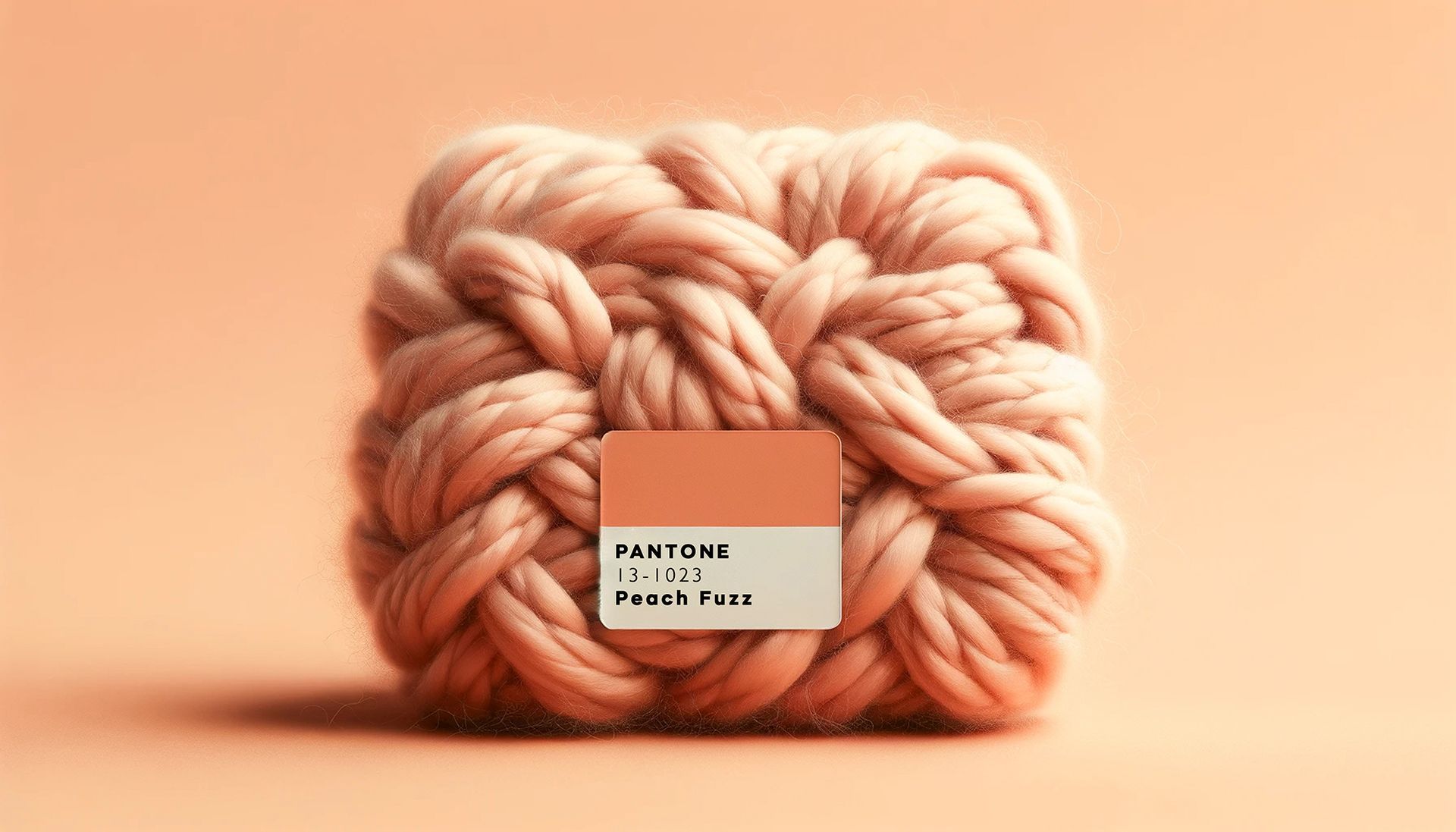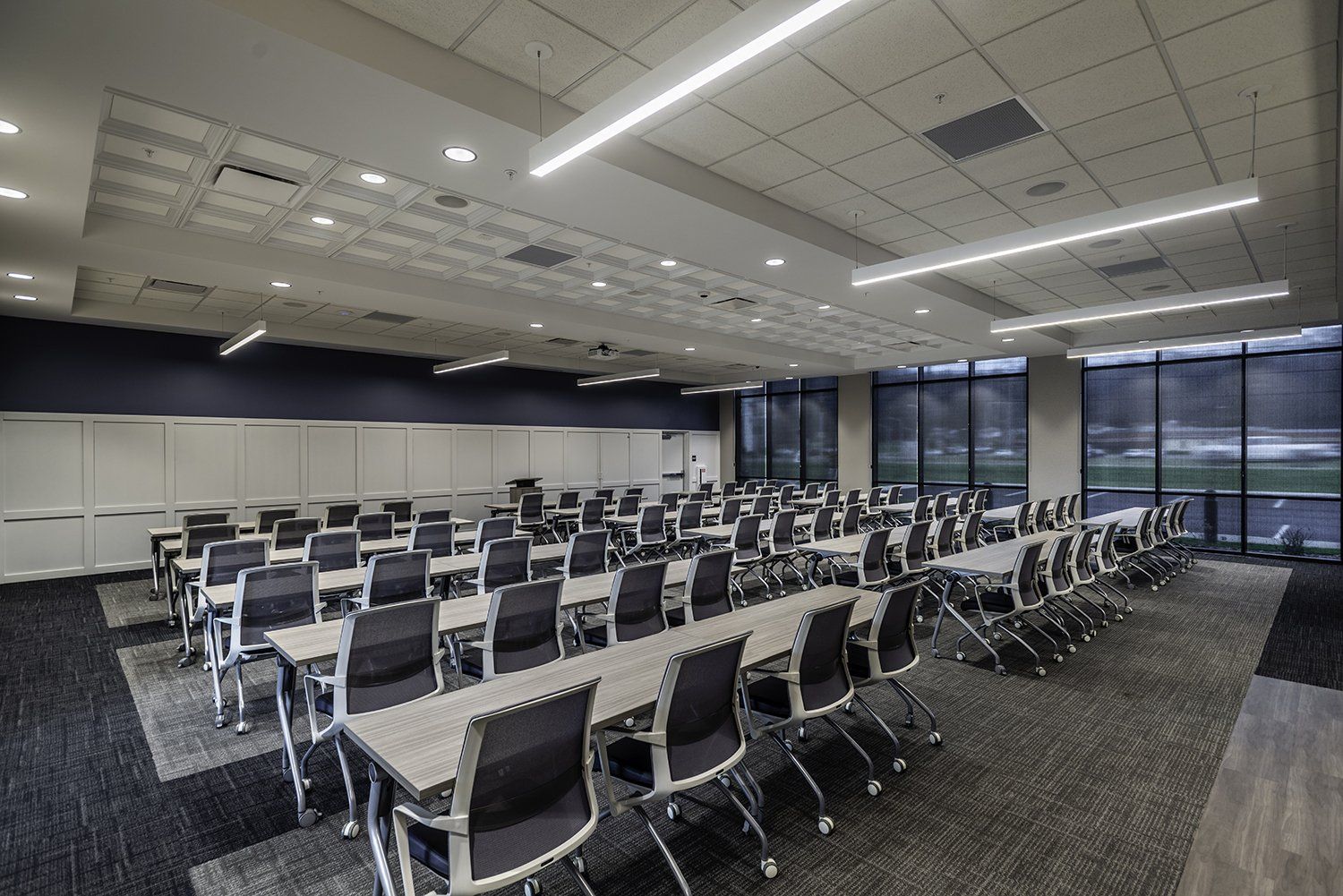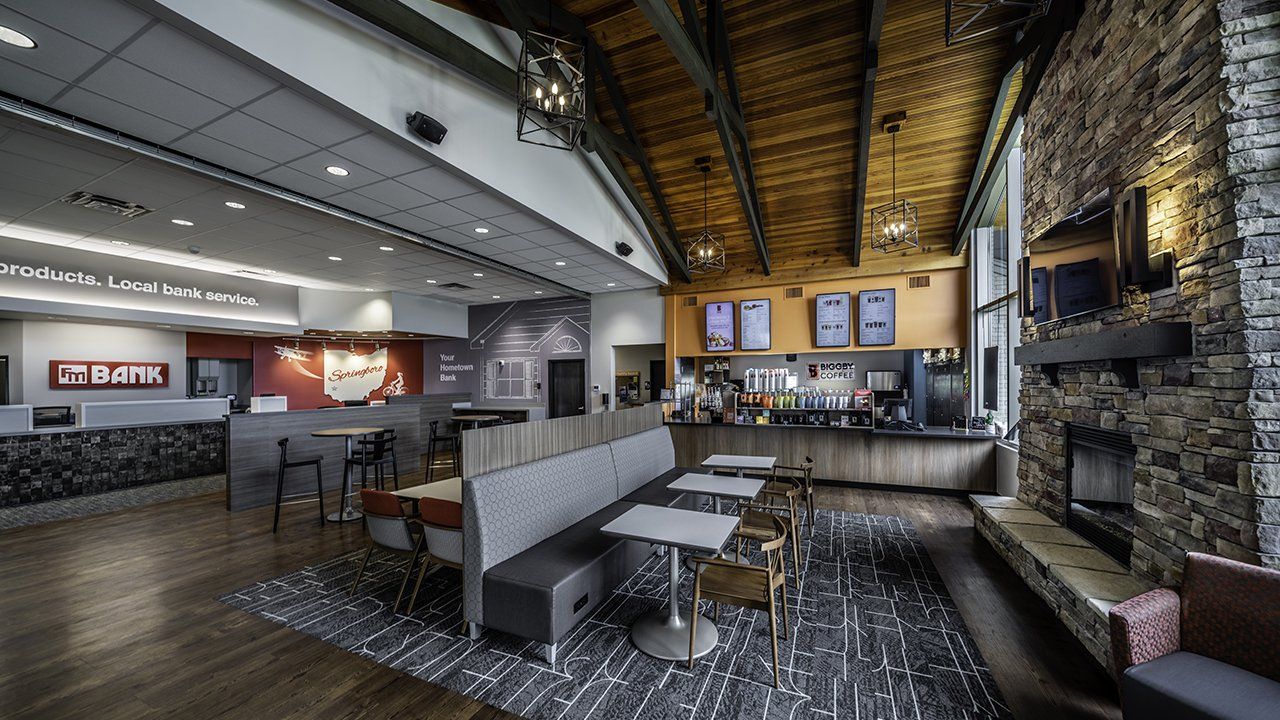Menu
Follow us on:

DESIGNING TO ELIMINATE THE TRADITIONAL “LINE”: TELLER PODS VS. COUNTERS

Author’s Own Project Photo
In many of the facilities where we have helped integrate the pod concept, we are getting the following positive feedback:
- The teller pods create an open, welcoming, progressive, and friendly transaction environment.
- As a goal to create a new and personalized service, and a more positive branch experience, the pods are an innovative approach.
- Transactions and interactions at the pods are much more personal and intimate, in contrast to the image often portrayed by the massive and often “too high” and “bulky” traditional teller counters.
- This concept eliminates the old style of queuing lines forming at each teller transaction window or station.
Although the pod concept is gaining momentum, we advise our clients to be cautious and to test this approach out in one or two branches to see how receptive the customers or members and the staff are prior to making a major investment and rolling it out into all facilities.
For years, branch design featured the teller line as the main focal point of the branch interior, and the patrons had a clear cut path on where to go for their transaction. With the pod concept and an open branch design, the traffic flow of the branch may be a struggle at initial implementation and cause confusion on where to go for the transaction. The majority of facilities that we are designing with pods have a “greeter” or designated staff member within the facility to direct individuals to the proper locations.
The design, placement, overall layout, and configuration of the pods must be well-planned with staff educated and trained to manage branch traffic and to avoid any negative experiences associated with the new concept. Some sort of physical separation between the branch personnel and the customer must still exist. More importantly, there must be enough distance or separation between the pod service areas so that personal information is not overheard at the next pod station.
In some of the facilities where we have helped integrate the pod concept, we are getting the following negative feedback:
- Staff report that their personal space is invaded as customers or members often take the liberty to walk around the pod and stand close to the staff member to review the information on the screen, since pods do not offer the same barriers as traditional teller counters.
- Pods do not offer the same privacy as the teller counter in sensitive matters of dealing with personal transactions and the exchange of money.
- They feel the threat of robbery increases since the cash is no longer protected by the barrier of the counter.
With the pod concept, it is strongly recommended that the old style cash or teller drawers with the money be eliminated and replaced with cash dispensers, or ideally, cash recyclers. Although the threat or risk of robbery can be minimized by using this equipment at the teller pods, the cost of the equipment could be intimidating in taking the step towards purchasing these devices.

It is also important to note that although the pods afford a more open and receptive environment, branches still need dedicated work spaces or offices to facilitate the more private and personal interactions such as loan applications and /or closings, wealth advisory consultation, or wealth management services. These areas allow customers and members the comfort and assurance that their personal information is secure and can be exchanged in a more controlled environment. The design of these areas should be visually open to convey transparency and personal service.
Brick and mortar branches continue to be primary sales centers for financial institutions where people go to open accounts or to develop new financial relationships, but as transactions in branches continue to decline, financial institutions will need to rethink branch design to offer a differentiated customer experience. The goal should be to create a comfortable environment where high-tech delivery and personal service sit side-by-side, blending self-service and professional guidance so customers or members have options and can choose how they would prefer to manage their experience as well as their finances.











